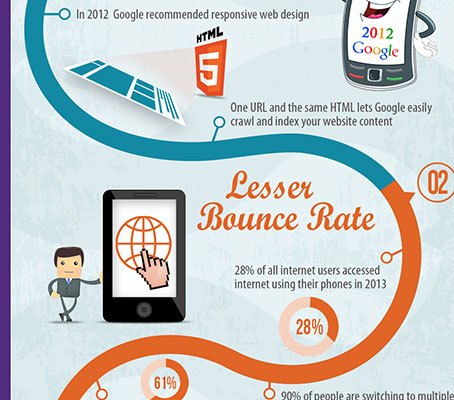Interested In Discovering How Site Layout Has Transformed Throughout The Years? Discover The Trip
Interested In Discovering How Site Layout Has Transformed Throughout The Years? Discover The Trip
Blog Article
Short Article Written By-Kinney Bojesen
In the past, websites were basic and concentrated on information. Navigating was straight, and layout was for desktop computers. Currently, customer experience is key. Information overviews styles for simple navigation. Responsive formats match different tools. Today, dark setting reduces pressure, and minimalist menus boost navigation. Interactive features engage users, and vibrant visuals stand out. AI integration increases interaction. See just how design has actually evolved to boost your on-line trip.
Early Days of Website Design
In the very early days of web design, simpleness preponderated. Internet sites were basic, with limited colors, typefaces, and layouts. The focus was on giving info as opposed to flashy visuals. Customers accessed the internet via slow-moving dial-up connections, so rate and capability were key.
Navigation food selections were straightforward, typically situated at the top or side of the page. Internet sites were created for computer, as mobile surfing wasn't yet prevalent. Material was king, and developers prioritized simple readability over intricate design aspects.
HTML was the main coding language made use of, and designers needed to work within its restrictions. Computer animations and interactive features were marginal contrasted to today's standards. Internet sites were static, with little dynamic material or tailored customer experiences.
Rise of User-Focused Style
With the evolution of web site style, a shift in the direction of user-focused layout principles has become increasingly famous. Today, creating web sites that focus on customer experience is crucial for involving visitors and accomplishing business objectives. User-focused style involves understanding the demands, preferences, and actions of your target market to customize the site's layout, web content, and features accordingly.
Developers currently conduct thorough study, such as customer studies and use screening, to gather insights and responses directly from users. This data-driven approach assists in developing user-friendly navigation, clear calls-to-action, and aesthetically appealing user interfaces that reverberate with visitors. By putting the individual at the facility of the design process, sites can provide an extra tailored and satisfying experience.
Responsive design has actually likewise become a key element of user-focused style, making sure that web sites are enhanced for different devices and screen dimensions. This adaptability improves availability and functionality, dealing with the diverse ways customers communicate with websites today. Basically, the rise of user-focused style indicates a shift towards producing electronic experiences that focus on the requirements and expectations of the end individual.
Modern Trends in Web Design
Discover the latest patterns shaping website design today. One prominent fad is dark mode layout, using a sleek and contemporary look while reducing eye pressure in low-light settings. One more crucial pattern is minimal navigation, streamlining food selections and improving individual experience by focusing on essential elements. Including https://www.google.com/maps/place/Moon+and+Owl+Marketing/@32.9757271,-106.5344695,1840583m/data=!3m1!1e3!4m6!3m5!1s0x864ddeaa4179705b:0x488d41d2cc6b9750!8m2!3d32.9757271!4d-97.5696258!16s%2Fg%2F11b6mpccrg?entry=ttu&g_ep=EgoyMDI1MDIxMS4wIKXMDSoJLDEwMjExNDUzSAFQAw%3D%3D -interactions, such as computer animated buttons or scrolling impacts, can create a more interesting and interactive site. Receptive layout remains critical, making certain smooth individual experiences throughout various devices. In addition, making use of bold typography and unbalanced formats can include visual rate of interest and accentuate certain content.
Incorporating AI modern technology, like chatbots for consumer support or personalized recommendations, improves customer involvement and simplifies processes. Availability has also end up being a significant pattern, with designers prioritizing comprehensive design practices to cater to diverse individual requirements. Welcoming sustainability by maximizing website performance for rate and efficiency is one more arising fad in web design. Teaming up with customer feedback and information analytics to iterate and improve layout continually is important for remaining appropriate in the ever-evolving electronic landscape. By embracing these modern trends, you can develop an aesthetically appealing, easy to use internet site that reverberates with your audience.
Verdict
As you assess the development of internet site style from the early days to now, you can see how user-focused layout has ended up being the driving pressure behind contemporary patterns.
Accept the trip of modification and adjustment in website design, always keeping the customer experience at the leading edge.
Stay present with the current fads and technologies, and never stop progressing your approach to create visually sensational and straightforward sites.
Progress, adapt, and create - the future of website design remains in your hands.
